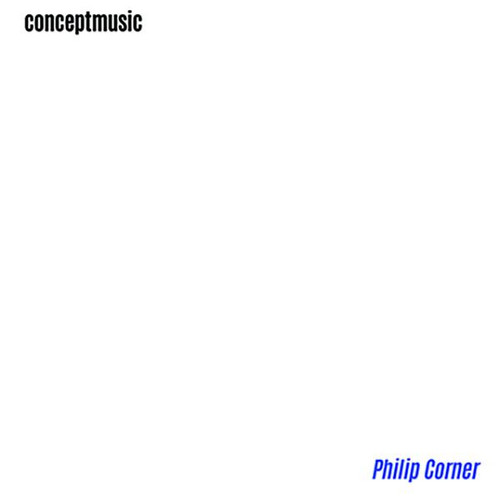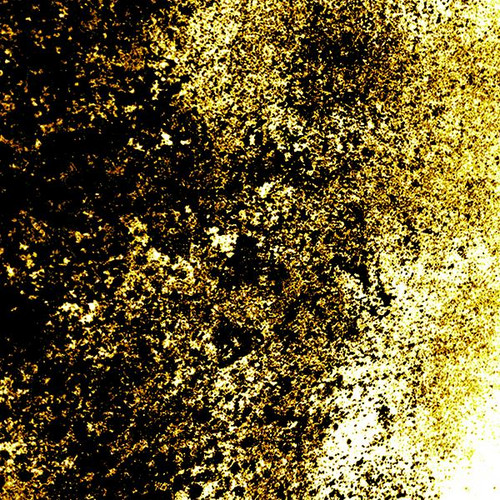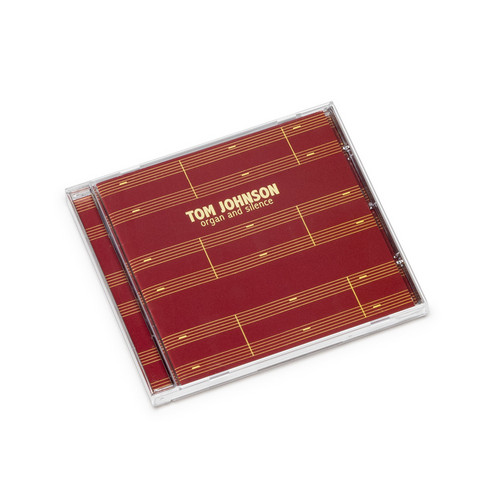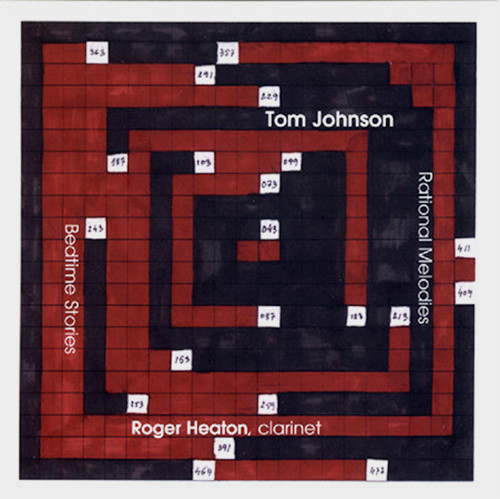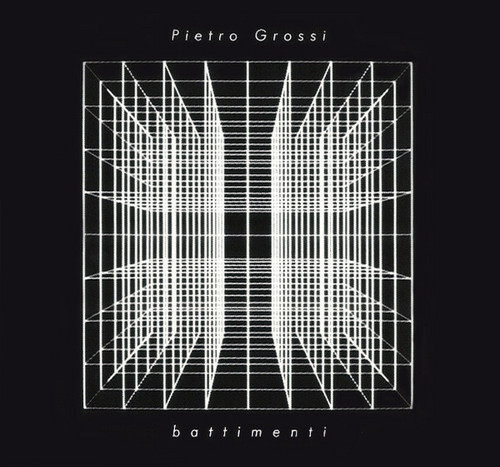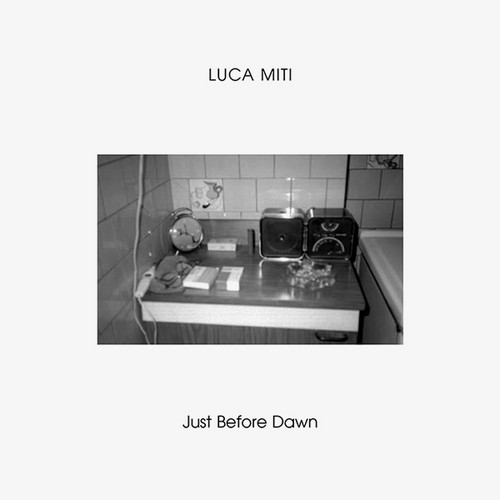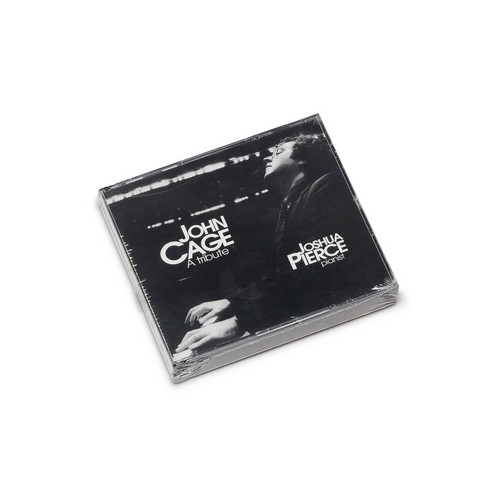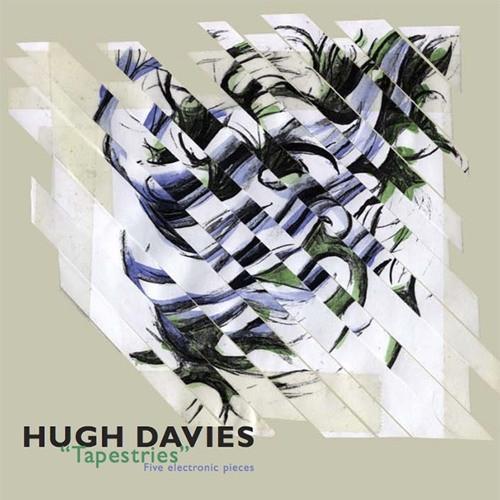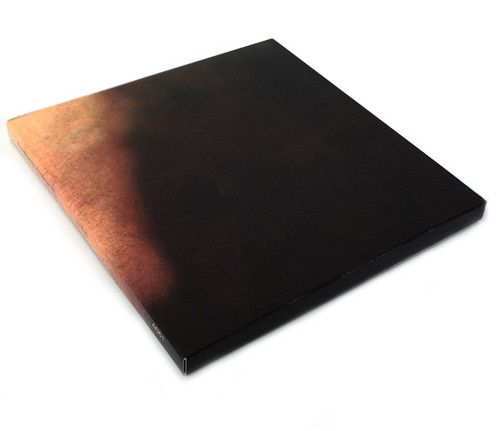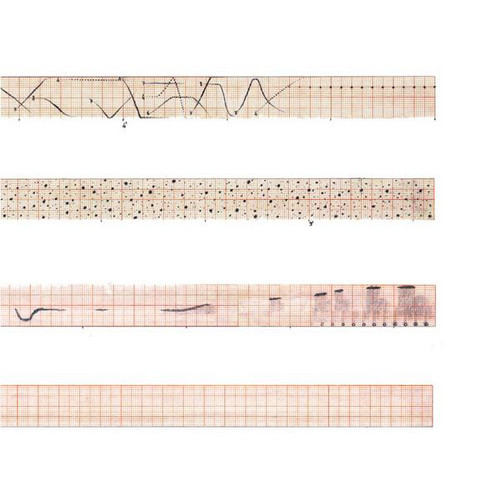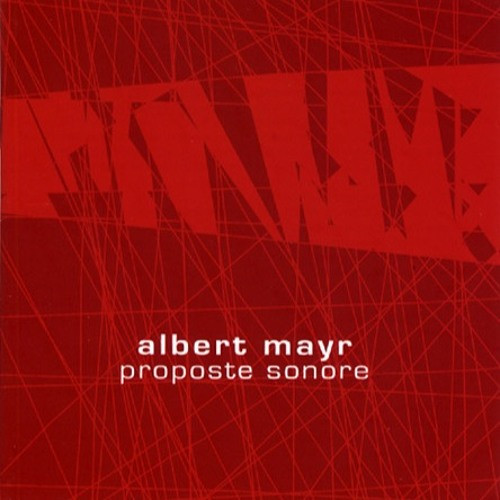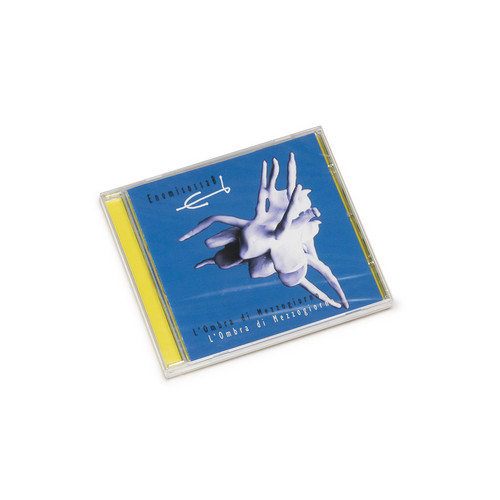★Ants
Abendland. Zweites Stundenbuch
The new work by Gianfranco Pernaiachi is based on a re- working/re-thinking of a previous piano score: Abendland. This new work, passing thru a series of "actions" and further writings, became a completely different piece. Most important it's became an "open form" piece, expected to be interpretated by different people in different ways and, more important, with different artistic means. This edition contains 5 possible "interpretations": two musical ones, a piano verision by Pernaiachi himself …
conceptmusic
Conceptmusic is a work
that speaks for itself.
It is a solicitation.
It is a statement.
It is an object of art,
but also a musical object.
Actual and potential.
“conceptmusic” is a verbal score that leave you the
chance not only to perform but even to conceive
your own music.
It contains no "sounding" support.
Every box is numbered.
Visitazioni
Two works from different periods come together in this "case-book": Ora (1997/2001) and Visitazioni (2011/ 2013). Times ... ways ... experiences intersect. Ora is a single stream of sounds and silences of 120 minutes. It can be "healed" (replaced) according to the feel of the listener. Its division into sections - like the same graphic score - have this unique feature. Headphone listening at a low volume is absolutely privileged. Visitazioni, referring to similar principles but changing the ways…
Fire Chorus
Fire Chorus is a work of “construction”. If, Bwana (alias, or, as you prefer, “personification”, of Al Margolis), presents a sound form starting from the concept of “perception”. His concept of electroacoustic music doesn’t belong to the idea of “appropriation” (which is behind the gestures of many people now working with natural, non-musical, or “other” sound sources). If, Bwana uses his raw materials as animated objects,letting them appear and disappear in his own sound structures. He creates …
Organ and Silence
File under: minimalism, conceptual sound art, organ music. A music whose talking about, as the author writes in the disc notes, 'the importance of silence in music'. This work is conceived not 'for organ' but, really, for 'organ and silence', as the silence is a founding part of it, and it's not possible to give it up. It's the tentative, as the author explain 'to permit as much silence as possible, without allowing the music to actually stop'. Tom Johnson is one of the masters of minimalism,…
Rational Melodies
“I want to find the music, not to compose it". This statement, one of Tom Johnson's most effective, explains the general sense of the music of this CD and of most of Tom's musical research. The Rational Melodies are one of the most important instrumental cycles of the "new music" repertoire. Here we have the application of rational methodology to musical composition, using additive operations, combinations, permutations, substitutions, inversions and other logical processes as directed by the ea…
Cabaret per Nulla
This album comes from the love for Music. Contemporary music, but also Songs. From the love for History and People. From the observation of a stage before and after a concert. And from Friendship and Collaboration.Erik Satie and John Cage were two musicians of great influence and supreme coherence. In their rigorous path they choose the road to astonishment. On the road to their artistic ideal they met the “music”, when others only loosely saw it. Satie and Cage are, now historically, two compos…
Battimenti
Pietro Grossi was one of the pioneers of the experimental musical scene in Italy. This CD shows one of his visionary electronic works: "Battimenti", an electronic work composed and realized in 1965, made by the 94 combinations of near frequencies, organized in groups of 2, 3, 4 and 5 sine waves. This coupling originates the "harmonic beatings", overtones born out of the intersection of frequencies. Originally thought by Grossi has a "working material" for his famou…
Just Before Dawn
What we are here presenting is one of the most intimate releases Ants has produced ever. Luca Miti is a “strange” kind of composer and musician. And organizer, too. He has the uncommon attitude to make private experiences and let them become “public” in a very natural way. Primarily known for his compositions (most of them unconventional and ”experimental” in the best sense) and impro-live-written collaborations, he’s also a “perfomer” with many different sides. One of these aspetcs is shown in…
A tribute
From the liner notes of Eric Salzman: “John Cage wrote for keyboards throughout most of his life. Most famously, he invented the so-called "prepared piano" but he also wrote for unprepared piano in both traditional and untraditional ways. His later piano works employ an almost ferocious complication and virtuosity at the outer limits of performer possibility. Earlier he used electronic extensions, chance and performer collaboration in complex ways. His early keyboard music was written for himsel…
Tapestries
Hugh Davies was one of the masters of contemporary experimental music. His tireless search for musical invention and his historical accuracy led him to explore different fields in music. This one is a selection of his lesser known electronic pieces, that he choose to represent his own approach to the matter. Now that he’s not more with us this collection remains as an outstanding picture of his creativity in music. In the broader sense, as he was used to do. 16 pages booklet with liner notes b…
Ora
A meditation on silence, ecstatic and radical hearing of a soul who catch the real essence of sound and frees his creativity without a doubt. The result of a deep inner search, involved and involving. The journey of a non-compromised artist that choose the hardest way to reach a definition of his research.For Gianfranco Pernaiachi it’s the overcoming of the “classic” position of the author. Here the author call the nature, he settle any compromise with the instrument, with the musical writing…
Paesaggi di libero ascolto
David Monacchi’s eclectic approach to sound include both the acoustic and the electronic world.The real and the artificial. He easily mix them together and, working with a lot of different sound sources, he’s able to define a rich and ever-growing palette of “sound colors”. His primary research with field recordings forms his “travelling baggage” of inspirations. His meticolous action and dedication gives the exact coordinates of his method, so well balanced between the “natural” (chaotic) and t…
Proposte Sonore
Seven electronic compositions from the end of the 60s by the soundscape pioneer Albert Mayr (b. 1943), incredible experimentations from near 40 years ago sounding so “contemporary”, today more than ever.“In the fifties and sixties of the past century electro-acoustic music was a very élitist affair; professional equipment was expensive, not easy to find and could be afforded - in sufficient quantity to build a full-scale studio - only by institutions such as universities or broadcasting corporat…
Hora Harmonica
"Hora Harmonica," realized in 1983 at the Pietro Grossi S 2F M (Studio di fonologia musicale di Firenze), is not a proper piece of music, but conceptual art inspired by the physics of sound. Albert Mayr proposes a harmonic clock, a model of non-linear time.. “When we slow down a sound many times, all the way below 15 cps approximately, we perceive as a series of discrete pulses. In a physical sense it remains a sound, but not for human perception. Try now to imagine an extremely slow 'sound' whe…
L'Ombra di Mezzogiorno
An extended voice album by Enomìsossab (or, vice versa, Simone Basso) suspended between rock and experimentation, between popular culture and avant-garde roots, to testify of a complex artistic personality and of a “physical” and “emotional” attitude, absolutely uncommon. Overtone chant, guttural sounds, linguistic deformations, the “calembour” and the vocal contortions.Sometimes few notes or a little melody are enough to fell in love with an artist. Sometimes you need to search, to go deep in t…

